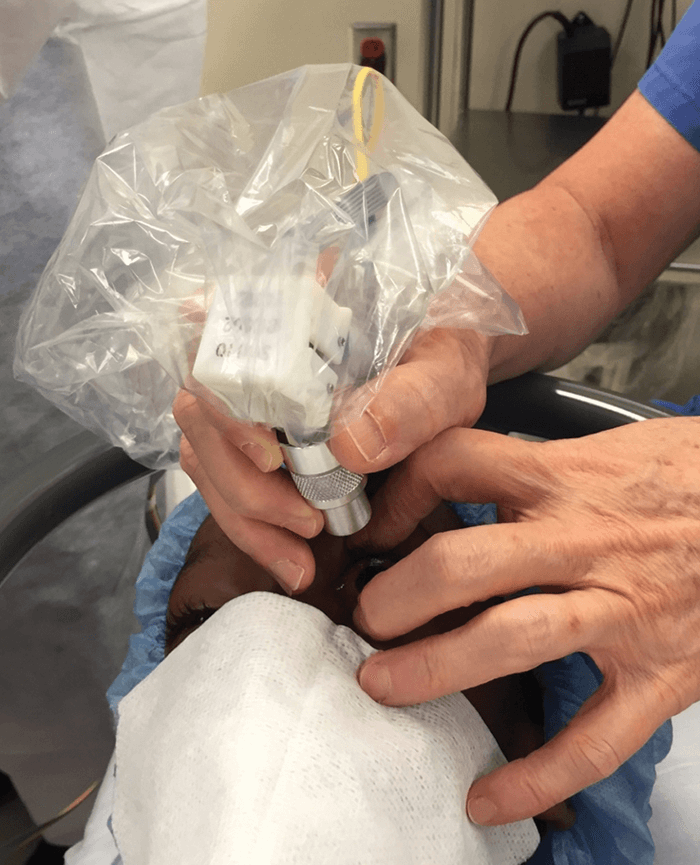
In a bid to overcome the challenges associated with acquiring retinal images from young children, and to increase image resolution, a team at Duke University have been developing an ultracompact handheld SLO/OCT probe (Figure 1). Having demonstrated their device obtains high-resolution retinal images in children as young as 14 months of age (1), Cynthia Toth, Joseph Izatt, and Francesco LaRocca tell us more…
References
- F LaRocca et al., “In vivo cellular resolution retinal imaging in infants and children using an ultracompact handheld probe”, Nat Photonics (2016). Advance online publication (doi: 10.1038/NPHOTON.2016.141).
